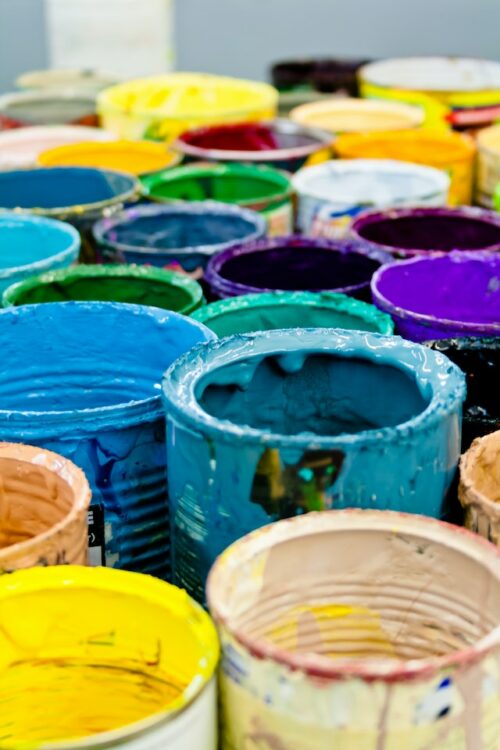Paint conditioners are well-known items that have been in the “bags of tricks” of professional painters for a long time. Paint conditioners are made to improve how well paint works and how easy it is to work with. They can make your DIY projects go more smoothly.
“When latex acrylic paints first came out on the market 20 years ago, they were harder to use,” says engineer and hardware store owner Vince Christofora. As paint quality has gotten better over the years, people have used conditioners less and less. However, there are still many reasons to use it.
Table of Contents
What Does Paint Conditioner Mean?

A paint conditioner also called an extender or an additive is a chemical that changes the way paint molecules are put together. That makes it easier to go on.
Conditioners make paint even and slow down how fast it dries. This is called keeping a “wet edge” by the pros. This is especially important if you want the trim or other fine woodwork to have a very shiny finish.
Why should I condition my paint?
By adding conditioner to paint, you can change how it looks and feels. When choosing a conditioner, think about the type of paint you’re using, how you’re going to apply it, the thickness of the paint, how long it needs to dry, and the weather.
Some reasons why you should use paint conditioner:
So it’s easier to work with paint;
- To slow or speed up the drying time;
- To get rid of brush and roller marks;
- To make latex enamel paintwork more like oil;
- To stop paint from getting on brushes;
- To help paint slide around.
Don’t use paint conditioner when:
When the right amount of paint has already been mixed (thickness). If you use too much conditioner, the paint will run or sag.
Different kinds of paint thinner
There are two main types of things on the market. One is made for latex/acrylic paints and primers, and the other is made for emollients that are made with oil.
Latex
Paint conditioners help water-based paints and primers flow better, cover better, and dry more slowly.
Oil
Conditioners make oil-based paints stronger and help get rid of brush marks when painting inside or outside. Because oil paint takes longer to dry than latex paint, it can be important to speed up the drying time when working with enamels, varnishes, or polyurethanes.
“Even when it’s wet and damp outside, air conditioners can help speed up projects that need more than one coat of paint,” says Christofora.
When to use a paint conditioner
Home improvement situations made for paint conditioner:
- You have a wide piece of molding or a lot of trim that needs an extended wet edge so you can “back brush” without leaving lines.
- You want to save time on a big project by painting with an airless sprayer. Conditioners are a great way to thin things out and stop clogging.
- You need paint to dry faster because you are in a hurry.
- You have to paint when the weather is really bad.
- You don’t have much paint left and need to make it go further.
- If you use paint conditioners on high-gloss paint, keep in mind that they could make the finish less shiny. In this case, Christofora says to mix a little water with the conditioner.
Paint Conditioner: How to Use It
Christofora says that it’s not hard to use paint conditioners.
Most of the time, one pint of conditioner per gallon of latex paint is enough (follow the label directions). Before you pour the conditioner into the paint, make sure to shake it well. Then, thoroughly mix the paint and conditioner.
“A gallon of paint doesn’t have enough room to add a whole pint of conditioner,” says Christofora. He says to use a 1.5- to 2-gallon bucket so the paint and conditioner are easier to pour and mix together.
Tip: It’s a good idea to mix a small amount of paint and conditioner and do a test to see how it works. Based on the results, change the formula as needed.


